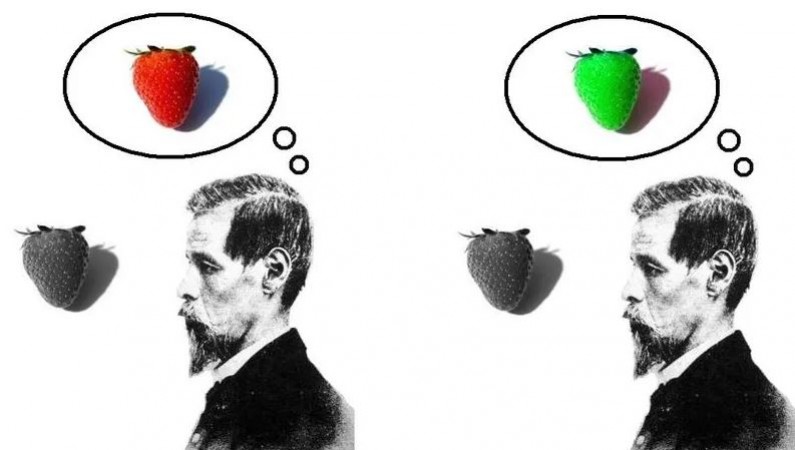
Visual agnosia is a fascinating neurological condition that sheds light on the intricate workings of the human brain. In this article, we'll delve into the depths of visual agnosia, exploring its causes, symptoms, types, and the impact it has on individuals. So, let's embark on a journey through the enigmatic world of visual agnosia.
Visual agnosia, as the name suggests, is a condition where individuals struggle to recognize or interpret objects, shapes, and even faces despite having intact vision. It's not a problem with the eyes themselves but rather a disconnect between what the eyes see and the brain's ability to make sense of it.
To understand visual agnosia better, it's essential to know that the brain areas primarily responsible for processing visual information are the occipital and parietal lobes.
The occipital lobes, located at the back of the brain, are like the brain's powerhouse for processing visual data. They receive signals from the eyes and begin the initial processing of visual information.
The parietal lobes, situated near the top and back of the brain, play a crucial role in integrating visual information with other sensory inputs and spatial awareness.
Visual agnosia isn't a one-size-fits-all condition; it comes in different flavors. Let's explore some common types:
In apperceptive agnosia, individuals struggle with basic visual tasks like recognizing shapes, colors, or even differentiating between objects.
Associative agnosia is about knowing what an object is but failing to associate it with its name or function.
Prosopagnosia is a subtype of visual agnosia where individuals have difficulty recognizing faces, even those of their close family and friends.
Now that we've explored the different types of visual agnosia, let's delve into what causes this intriguing condition.
Head injuries, strokes, or other brain traumas can damage the occipital and parietal lobes, leading to visual agnosia.
Conditions like Alzheimer's disease can gradually erode the brain's ability to process visual information, resulting in visual agnosia.
Visual agnosia can significantly impact a person's daily life. Let's take a closer look at the challenges individuals with this condition face.
Imagine not being able to recognize your own car, your house, or even your loved ones. Visual agnosia can make even the most familiar things seem like strangers.
Prosopagnosia, in particular, can be isolating. Recognizing faces is crucial for social interactions, and when that ability is compromised, it can lead to feelings of social anxiety and withdrawal.
Fortunately, there are strategies and therapies that can help individuals with visual agnosia adapt and cope with their condition.
Visual rehabilitation programs can help rewire the brain's visual processing pathways, improving recognition and interpretation abilities.
In today's tech-savvy world, there are apps and devices designed to assist individuals with visual agnosia, making daily tasks more manageable.
Visual agnosia is a captivating glimpse into the intricate workings of our brains. It reminds us of the brain's incredible complexity and its vulnerability to injury and disease. While living with visual agnosia comes with its challenges, there is hope through rehabilitation and support. Let's continue to explore the mysteries of the brain and work towards making the world more accessible for everyone, regardless of the challenges they face.
How Your Sleep Habits Impact Weight Loss?
Athletes who openly discussed their battles with eating disorders
Do Gummies Aid in the Growth of Hair? Seven Things to Be Aware Of